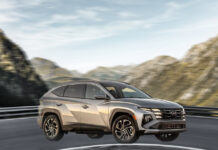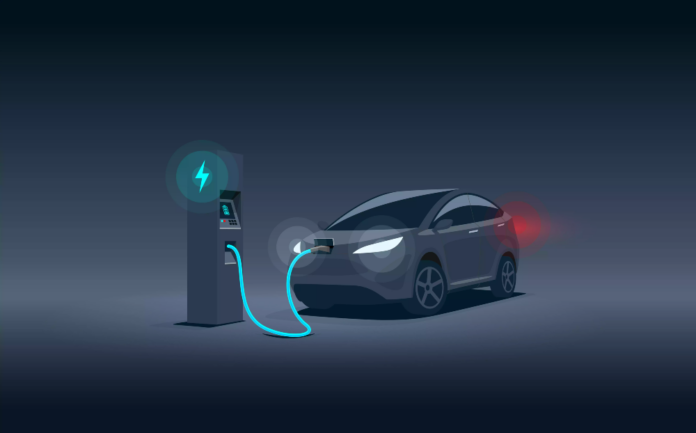The unyielding tide of the electric car (EV) trend has hit a snag in 2024. Electric cars have suddenly lost their appeal, with hybrid and plug-in hybrids garnering the attention of customers. A shift in the market that may signal a different course for the auto industry. It seems consumers are balancing their preference for green options against issues of infrastructure, mileage, and cost.
Stagnation in EV ascent as Hybrids gain traction
Over past years, EVs had a steady uphill climb. From less than 1% market share in 2016 to almost 8% by 2023. But, a minor but significant drop of 0.1% in EV sales occurred in 2024. This slight collapse, however insignificant, signals a broader shift in customer sentiment. Concurrently, Hybrid vehicles including conventional hybrids and plug-in counterparts have sustained growth. Conventional hybrids saw a 2.2% growth in market share while plug-ins climbed by 0.3%.

This trend outlines an increasing predilection for hybrids serving as a halfway house of sorts. They extend most of the green benefits of electric counterparts while daunting challenges like range anxiety and sturdy charging infrastructures are minimized.
Reasons for the transition?
Several variables contribute to this lean towards hybrids. A key concern is infrastructure. Although charging stations for EVs have grown more common, they still don’t match up to the convenience of gas stations. This predicament alarms drivers particularly those from rural areas where charging options are sparse. In contrast, hybrids with their dual-mode operation using electricity and conventional fuel come as a relief to those anxious about depleting battery charge on long drives.
Price Matters
Even though their price tag has dropped, fully electric vehicles often cost more upfront than hybrids. Government incentives can lessen these costs, but not all buyers are ready to commit. Hybrids as a cheaper alternative, giving fuel savings and environmental gains without the high cost.

EV adoption varies greatly throughout the US. California, forefront in green vehicle laws, saw EVs account for over 25% of new car purchases in 2024. However, in states like North Dakota and Mississippi, EVs represent less than 2% of the market. Laws like California’s Zero-Emission Vehicle (ZEV) scheme have propelled acceptance in some regions, while others remain cautious.
Although fully electric vehicles face temporary setbacks, hybrid and PHEV models are gaining appeal. As buyers evaluate the advantages and disadvantages of these alternatives, it’s clear that the transport future isn’t wholly electric—not yet anyway. Instead, a steady mix of technologies is expected as consumers aim for an optimal balance.
Stay tuned to Brandsynario for latest news and updates.





































